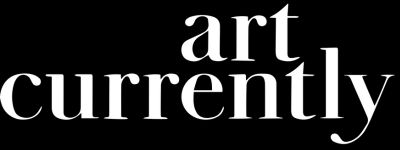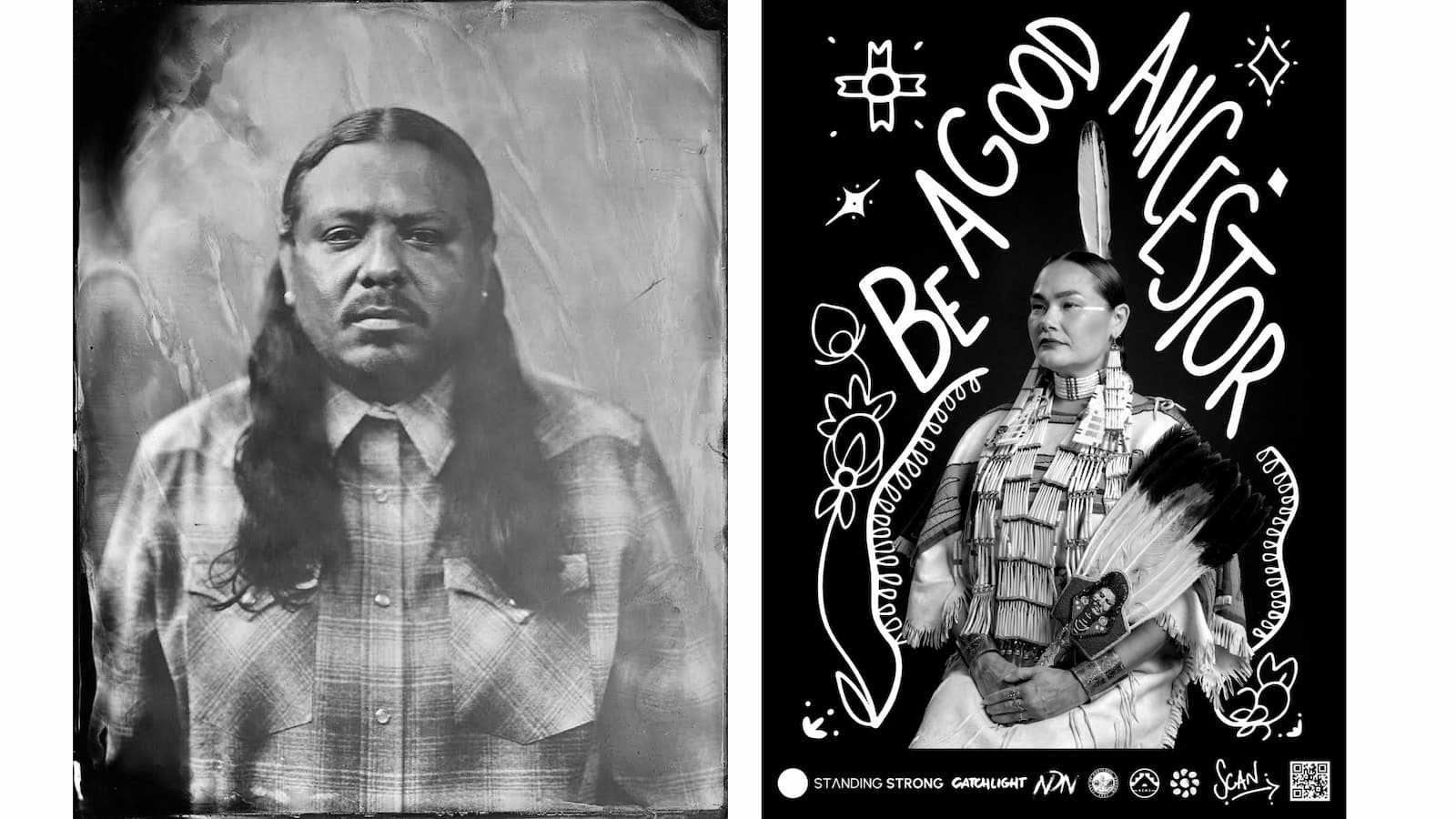“Indigenous Ways Are Human Ways”: A Look at Futurist Josué Rivas' Creative Studio Indígena as a Catalyst for Restored Narrative
Left: Portrait of Josué Rivas, Right: Standing Strong Poster. Courtesy the artist.
The Mexica and Otomi multidisciplinary storyteller, artist, and creative director based in Portland, Josué Rivas, spent seven months documenting the Dakota Access Pipeline Protests to create his 2016 short film and photo series, Standing Strong. It documents the historical displacement and unfading wounds of the Indigenous peoples of the Americas, capturing a tenderness amongst a community fighting to amplify the conversation about the sovereign rights they've long been without. The series earned him 1st place in the 2018 FotoEvidence Book Award with World Press Photo, launching his recognition.
The film and series urged people to look towards a healed future and learn from history. Stills of black-and-white celebrate the vast array of emotions experienced, often missed when photographed from a Westernized lens that repeatedly neglects Indigenous peoples’ connection to the land. For that reason, Rivas identifies himself as a facilitator with a camera, centering a collaborative relationship in his documentation.
This, like many other works, serves as a vocabulary for what he’s producing today.
In 2020, he began his creative agency, Indígena Studios, with the mission to circulate a collaborative hub and creative culture where everyone can see themselves as an artist. Its physical space recently reopened this past November with Standing Strong, an event named after his series with community weaving and radical imagination, and performances by Acosia Red Elk, a jingle dress dancer from the Umatilla people of Oregon. The 9,000 sq ft studio in Portland is open for brand and artist consultancy with storytelling in mind, creating a network among creatives and freelancers to shift the thinking of the past, present, and future.
Rivas tells art currently, “2020 was a time when his practice became very clear and also out of urgency, out of a time when it was required for the artist to step in… my practice transformed itself into now realizing that artists are conduits for something bigger than ourselves.”
“When I started practicing that and implementing that into my work, this idea of collaboration and the idea that when we work together, when we make something together, and it’s not like an alone job, it’s community made art… When you make [community-made storytelling] that the outcomes are nourishing and regenerative. It regenerates everyone involved in the project.”
Rivas emphasizes the intentionality of his value system to guide his creative endeavors.
Constantly teaching himself fashion and design, intentionally playing with VR and technology, despite preferring analog methods, speaks to Rivas’ understanding of an evolving society and awareness of being informed by the latest and newest. For example, he has developed a multimedia intervention: a printable poster that comes to life with a QR code for a VR experience.
The poster, which is accessible for everyone through a downloadable link, Standing Strong Acosia asks, “When you think about the future, what does it look like?”
Rivas understands an end product is not needed to see oneself as an artist challenging the paradigm society has been taught. He realizes his titles are cool, but “the reality is that mothers are artists [or someone who has a pregnancy].”
"When someone realizes their body is intuitively an artist, we can “find the solutions to the world’s toughest problems.”
The creative director cares about how the artist can be a problem solver, knowing when to interpret the time to step in and be useful in figuring out how to get through those moments of war, conflict, and environmental protection.
It is important to disperse processes when art-making so that problem-solving can be sustained for future generations. As Rivas articulates, “If you don’t teach it, it creates separation.” He sincerely admits that he listened to Virgil Abloh’s Harvard talk from February 2020 to the end of 2022, every single morning — a talk he could take something different with every listen, recognizing the blueprints Abloh’s legacy left and the importance of routine, whether creatively or spiritually that grounded his perspective.
Rivas boils this down to: it’s a dream to make the touchdown or, perhaps more importantly, to help others make the touchdown.
In the end, Rivas wants to make stuff that sticks. He humbly states he feels like he hasn’t made it yet. But by maintaining a connection to something bigger, he believes he might be at the cusp of his legacy, his blueprint, and his teaching.




